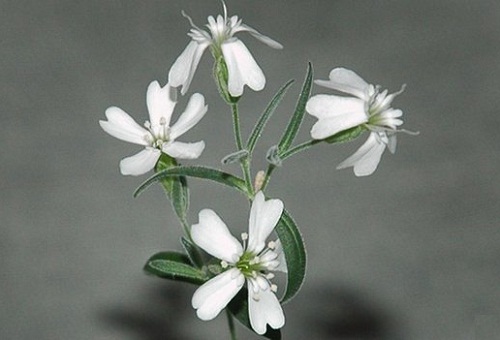Little-known fruit and vegetable hybrids
Little-known fruit and vegetable hybrids
The Pineberry – a strawberry cultivar with a pineapple-like flavor, white coloring, and red seeds. The pineberry first appeared in the 1750s in Europe, as a cross between an American wild strawberry and a Chilean strawberry. Fruit hybrids have nothing to do with genetically modified instances, it is a merit of breeders. Clementines, tangerines, Pineberry, have excellent taste, but in addition, they are also good for health. Hard to believe, but the history of breeding dates back to the Neolithic period, when man had to choose the best seeds for future crops. However, in those days, nobody even suspected that this simple method can change the flora in the healthy direction. Selected seeds each time give more and better crops.
Tayberry is a hybrid of blackberry and raspberry, patented in 1979 by Derek L. Jennings of Dundee, Scotland. The cone shaped and reddish-purple tayberry was named after the river Tay in Scotland. The fruit is sweeter, much larger, and more aromatic than a blackberry and red raspberry.
In 1694, German biologist Rudolf Jakob Camerarius publicly proposed the idea of artificial crossing different species of plants, and in 23 years English gardener Thomas Fairchild realized the dream of the scientist.
One of the founders of artificial selection and hybridization of plants was Russian scientist Ivan Michurin. He is often called the father of scientific agricultural selection, because without experience of Michurin central Russia could hardly boast of such an abundance of fruit trees.
By crossing native plants from their geographically dispersed species, scientists have deduced hundreds of new varieties of fruits and berries, which are not only perfectly adapted to the local climate, but in no way inferior in quality to their foreign counterparts of the tropical countries.
“We cannot wait for favors from Nature. To take them from it – that is our task“- under this motto, lived and worked the great scientist.
Little-known fruit and vegetable hybrids

Plumcot (75% plum and 25% apricot), or apriplum (75% apricot and 25% plum) are first-generation hybrids between a plum parent and an apricot. Pluot and aprium are later-generations

A nectacotum “consists” of equal parts of nectarine, apricot and plum. In appearance it resembles a large nectarine, but its skin is darker – like a plum, and softer – like apricot

Peacherine – a cross between a peach and nectarine, which appeared not long ago. That’s a pretty big size fruit with smooth skin, to taste – something between a nectarine and peach. Fruit and vegetable hybrids

Jostaberry – a complex-cross fruit bush involving three original species, the black currant, the black gooseberry, and the European gooseberry. Fruit and vegetable hybrids

Yellow watermelon – was born as a result of interbreeding of wild watermelon, which was yellow-fleshed, but inedible, with the usual

Romanesco cabbage, or Romanesque cauliflower looks like an alien, close relative of cauliflower and broccoli
source:
postomania.ru/post367603128




















